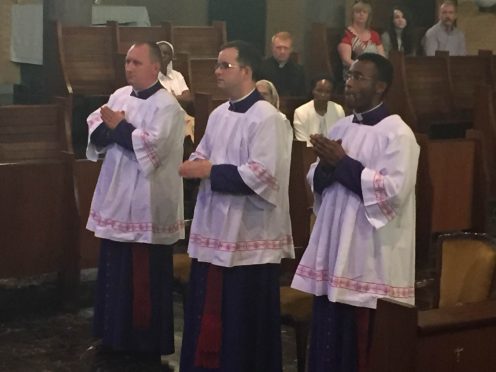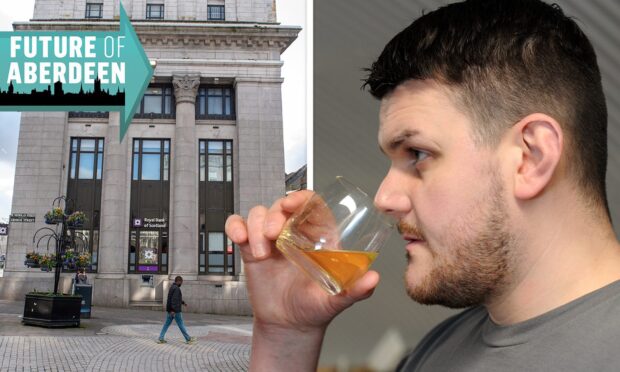PEOPLE
Jon Hebditch
Two Aberdeen seminarians have given a rare glimpse into the life of a trainee priest at the Vatican as they enter the final period of the seven-year training process.
Emmet O’Dowd, 31, and Rafal Szweda, 35, were admitted to candidacy with Emmanuel Alagbaoso from Argyll and the Isles at a special Mass in the Main Chapel of the Scot’s College in the heart of Rome.
It means the men are now just two years from completing their training before becoming priests.
The other Aberdonian at Scots College, Christopher Doig, watched on proudly, although he still has many more years of studying in the future.
The Scots College was established by Pope Clement VIII in 1600, when it was assigned the revenue of the old Scots’ hospice. For many centuries, it was located in the centre of Rome on the Via delle Quattro Fontane, where a bust of the last of the Stuarts, Henry Cardinal Duke of York has been erected.
Mr O’Dowd said that the seven-year programme was designed to test the commitment of the candidates.
He added: “Several of the friends I’ve made along the way have left, realising that God was asking them to do something else. It’s been as right for them to go as it has been for me to stay.
“I was happily working in Inverness and around the north-east of Scotland. Having studied pharmacy at RGU, I had no intention of leaving that and entering the seminary.
“There was no booming voice, no compulsion to become a priest. Only slowly, as I worked in Inverness and got involved in my parish, did the idea of becoming a priest come to me.
“I’m convinced God calls each of us to something. I look at my married friends from RGU and I am so happy that they have found each other, but I believe that God is calling me to the priesthood instead. It stayed with me and grew and developed over time.
“It may not sound like it, but up to this point, my first five years, it has been “unofficial’. That is because a seminary is not only a place where you become a priest, but also a place where you try and figure out what God wants you to do with your life. “
Mr Szweda said he felt as if his vocation resembled a marriage.
He explained: “Together with two other seminarians, we have been admitted to candidacy for Holy Orders.
“Admission to candidacy has two aspects: the candidate is publicly declaring that he is committing himself to a program of formation for service to God as an ordained minister.
“And the Catholic Church is publicly accepting the aspirant into the ranks of the candidates for Holy Orders.
“My heart was filled with joy and peace when I was able to express publicly my desire to serve God.
“For me it is a very important step in my journey towards priesthood. I feel very humbled by the fact that today, the Holy Mother Church has honoured me by publicly confirming my vocation to the priesthood.”










